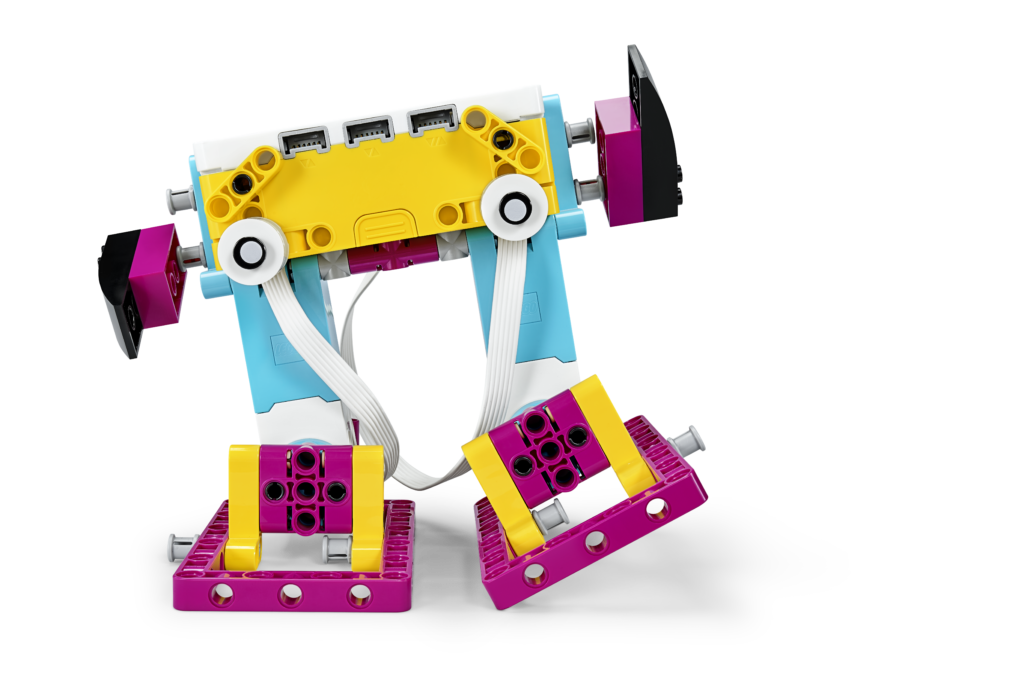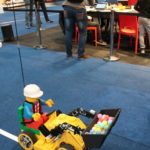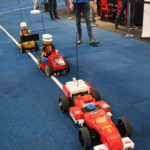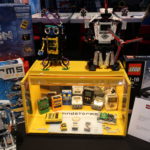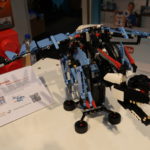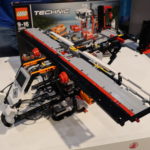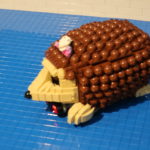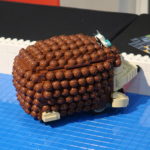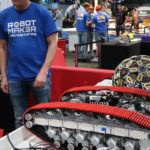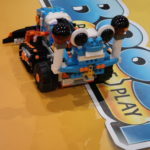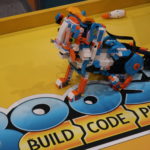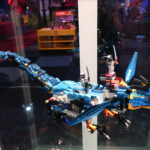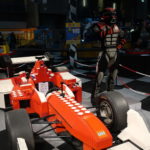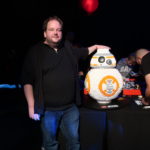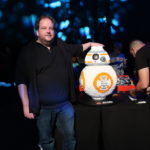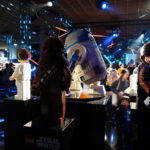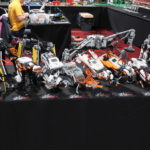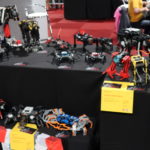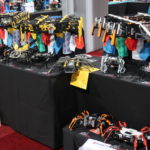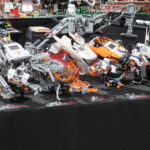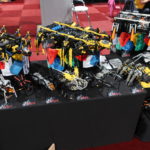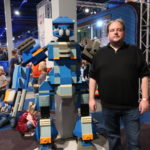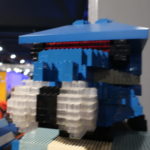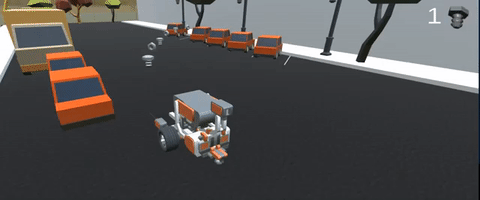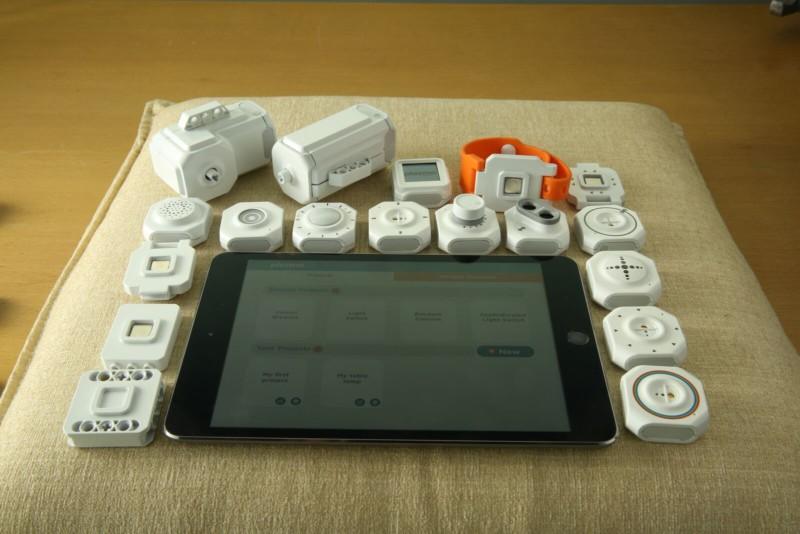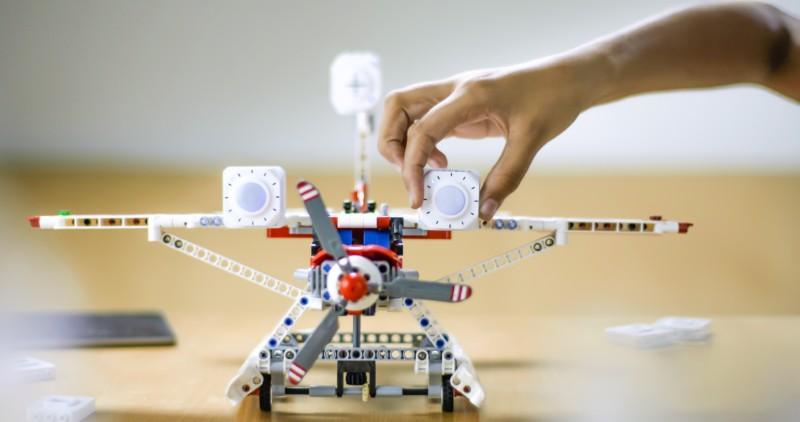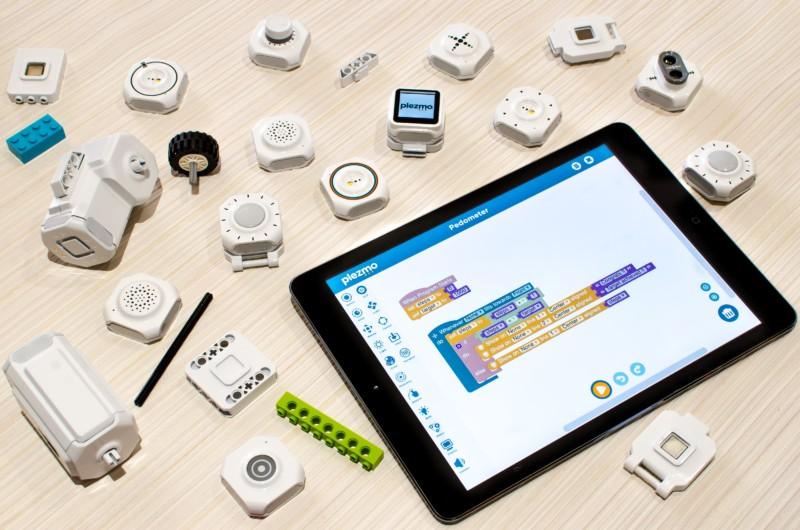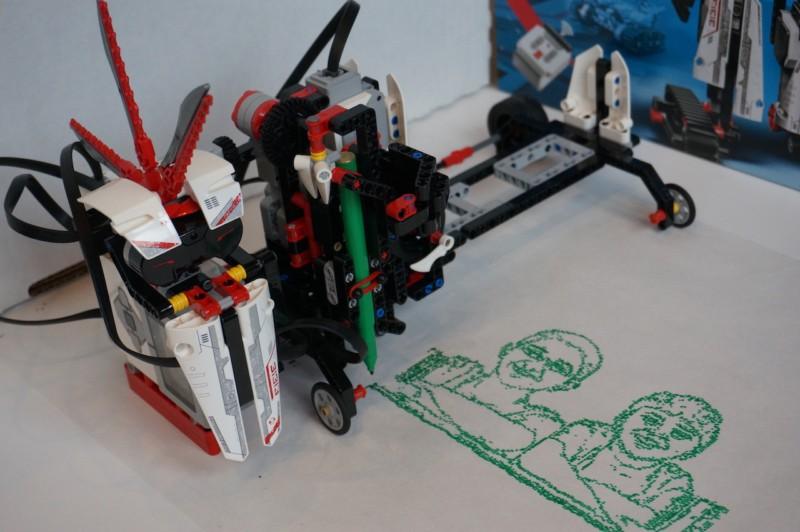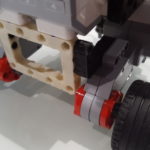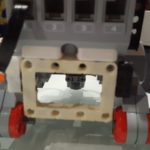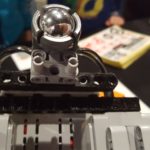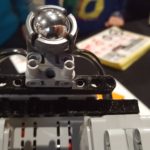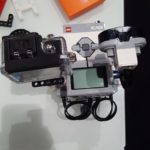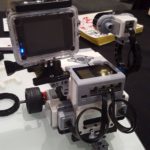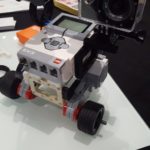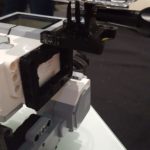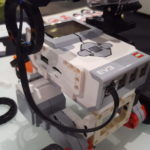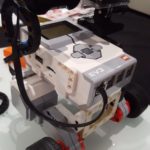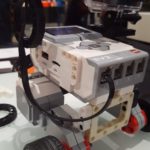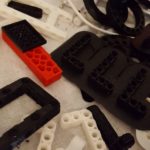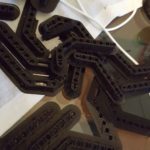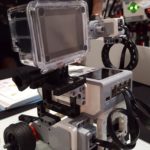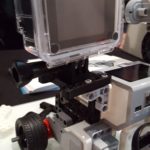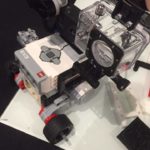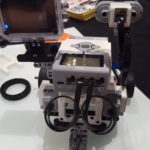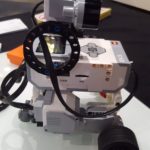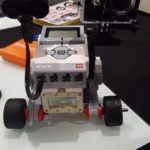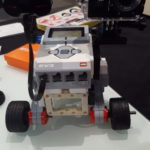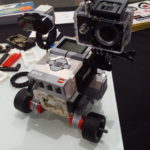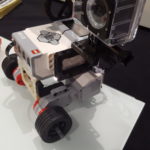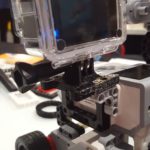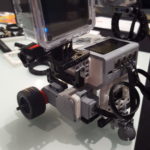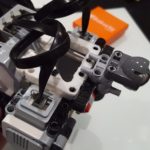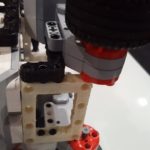Adding to the LEGO® Education portfolio of combined physical and digital learning experiences, SPIKE Prime has been unveiled today, along with new insights on students’ confidence in learning STEAM subjects.
Billund, Denmark (April 2, 2019) – Today, LEGO® Education announced LEGO® Education SPIKE™ Prime, the newest product in the LEGO Education hands-on STEAM (Science, Technology, Engineering, Arts, Math) learning portfolio. SPIKE Prime brings together LEGO bricks, a programmable, multi-port Hub, sensors and motors all powered by the engaging SPIKE app based on the Scratch coding language. The SPIKE app includes lessons aligned to certain standards and many being able to be completed within a 45-minute class, making it easy for teachers to take SPIKE Prime into the classroom.


SPIKE Prime is a completely new design from LEGO Education. It has been created to reach all levels of learners, to be an inclusive, intuitive and naturally adaptive physical and digital creative approach, and engage all middle schoolers in technology-enabled STEAM learning with confidence. According to results from a new Confidence in Learning Poll, fielded by Harris Insights & Analytics and released today, hands-on learning builds confidence. Eighty seven percent of students say they learn and remember topics more when the learning involved hands-on projects, and 93 percent of parents say hands-on learning helps children retain knowledge for the future. Additionally, while the importance of hands-on learning is clear, only 40 percent of teachers say their students usually or always get substantial time during the school day for hands-on lessons.
When it comes to STEAM learning specifically, teachers and parents agree that the number one way their students can build confidence in STEAM subjects is working on a hands-on project with others. The poll showed students who are confident in STEAM are more likely to be confident at school overall and enjoy learning new things. The entire LEGO Education portfolio, now including SPIKE Prime, was specifically designed to get students hands-on with lessons that challenge them to think critically and creatively, to problem solve and to communicate effectively with others.
To help build students’ confidence in learning and to support teachers who are interested in incorporating more STEAM learning into their classrooms, LEGO Education is providing a Confidence in Learning toolkit and workshops to schools around the world with its continuum of hands-on learning products, including SPIKE Prime. LEGO Education learning experts will help teachers incorporate hands-on STEAM learning into the classroom to engage all students and promote building their confidence in learning.

Esben Stærk Jørgensen, president of LEGO Education, said: “We are seeing a challenge globally in middle school children, typically aged 11-14. At that age, children start losing their confidence in learning. The Confidence Poll data shows that most students say if they failed at something once, they don’t want to try again. With SPIKE Prime and the lessons featured in the SPIKE app, these children will be inspired to experiment with different solutions, try new things and ultimately become more confident learners. And for teachers, time is the ultimate barrier. The lesson plans, resources and models make it so easy for teachers to integrate SPIKE Prime into the classroom.”
“Our mission at LEGO Education is to inspire and develop the builders of tomorrow, enabling every student to succeed – and that’s exactly what SPIKE Prime offers,” added Jørgensen.
SPIKE Prime joins the nearly 40 years of LEGO Education’s legacy of product development by an international team of designers, dedicated educators and leading technology experts. Each SPIKE Prime set has 523 pieces which can be used to build many different creations including corresponding STEAM lesson plans that were created by and for educators to help them bring more hands-on STEAM learning into their curriculum and get students more engaged and excited about STEAM subjects.
LEGO Education and the LEGO Group have also created 11 new innovative elements for the LEGO System in Play, which will be first seen with SPIKE Prime. These new elements include an innovative integrator brick, which allows for building together with both the LEGO Technic and the LEGO system platforms, further expanding systematic creativity and the building possibilities.

The new product will be ready for purchase in all markets in August 2019. SPIKE Prime is available today for pre-order in the US at the LEGO Education website.
About LEGO Education
LEGO® Education offers hands-on, playful STEAM learning experiences based on the LEGO® system of bricks, hardware, software and content for students and their teachers in early learning, primary, and secondary education as well as through after-school programs and competitions. These solutions create an environment for active, collaborative learning where students build skills for their future, a lifelong love for learning and confidence in their ability to learn and solve problems, setting them up for lifelong success.
LEGO, the LEGO logo, the Minifigure and the SPIKE logo are trademarks and/or copyrights of the LEGO Group. ©2019 The LEGO Group. All rights reserved.

